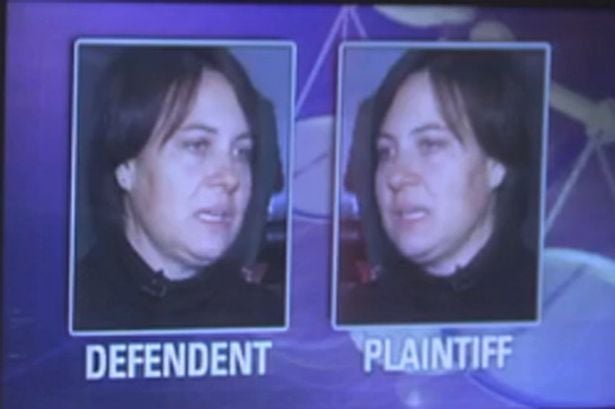When you sue someone, you initiate a legal proceeding against them. Usually, this is done to obtain monetary compensation from them because they have harmed you somehow. But did you know that a woman really tried to sue herself?
Barbara Bagley once sued herself for her husband’s wrongful death. The district court dismissed the suit because you cannot sue yourself, but the case was appealed to the Supreme Court, which ruled that you can.
Barbara Bagley versus Barbara Bagley
A woman is suing herself in a wrongful death case in Utah, with some legal and financial experts scratching their heads.
The Utah Court of Appeals ruled earlier this week that Barbara Bagley could initiate legal proceedings against herself. Bagley intends to charge herself with negligence concerning a car accident that killed her husband in 2011. She was driving in the Nevada desert when she collided with sagebrush and flipped the Range Rover over. Her husband was thrown from the car and died due to his injuries. (Source: Vargas Law Office)
Barbara Bagley and Her Husband’s Insurance Coverage
Bagley filed a wrongful death lawsuit against herself, claiming that she was negligent because she failed to keep a proper lookout for obstacles and maintain control of her vehicle. She sought compensation for her husband’s medical and funeral expenses, loss of financial support from his earnings, pain and suffering, and loss of companionship.
Bagley, the plaintiff, sued herself as the defendant, whose interests were represented by her insurance carrier, as the personal representative of her husband’s estate and sole heir. By bringing a successful action against herself as the defendant, Bagley’s insurance carrier would be obligated to pay for her negligent driving, which resulted in her late husband’s death. According to a CBS Money Watch article, the insurance company would then pay plaintiff Bagley as the personal representative and heir of her husband’s estate.
The district court dismissed the lawsuit, interpreting the statute to preclude a tortfeasor from seeking recovery for herself. On the other hand, the court of appeals ruled that the language did not prevent Bagley from suing herself and overturned the district court’s decision. (Source: Vargas Law Office)
What Does the Wrongful Death Statute Indicate?
When the death of a person is caused by the wrongful act or neglect of another, his heirs may maintain an action for damages against the person causing the death.
According to the opinion, the absence of punctuation marks separating the words death of a person and of another in the language means that the two are connected, and another only refers to a person other than the decedent.
The same separating punctuation is missing from the survival action statute, which the court interprets as meaning that another is anyone other than the decedent, even if another is both the defendant tortfeasor and the heir and personal representative of the estate.
The court also deferred to the Utah legislature’s language and intent by citing another section in the same statute chapter that expressly prohibits spouses alleged to have contributed to the decedent’s death from becoming presumptive personal representatives, according to the court.
The court interpreted the absence of this type of language in the other statutes as a clear indication that the legislature intended the wrongful death and survival action Bagley invoked to allow a tortfeasor to also recover against herself. (Source: Vargas Law Office)
